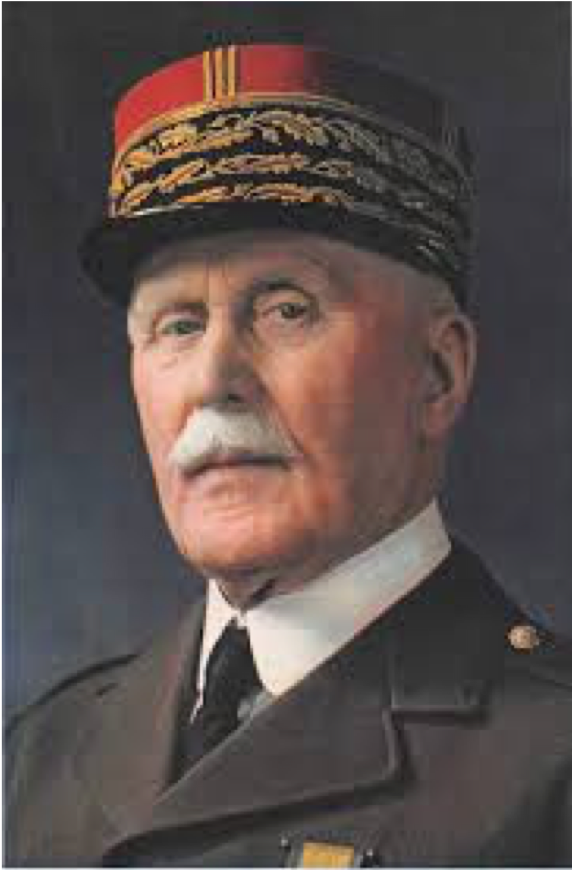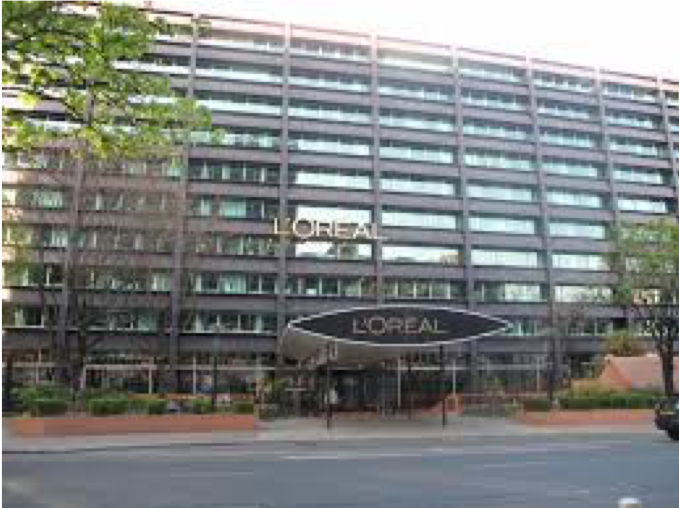Beauty and the beasts
 Eugène Paul Louis Schueller, the founder of a huge cosmetics company, was a thoroughly nasty piece of work. So were most of his friends.
Eugène Paul Louis Schueller, the founder of a huge cosmetics company, was a thoroughly nasty piece of work. So were most of his friends.
- Like Eugène Deloncle, a passionate anti-semite and anti-communist, who founded La Cagoule.
- So was Jacques Corrèze, Deloncle’s secretary, another violent fascist and staunch supporter of Marshal Petain’s Vichy regime.
French Third Republic
La Cagoule’s objective was to overthrow the French Third Republic. It frequently resorted to violence, and in 1937, the Cagoulists planted a huge bomb near the Arc de Triomphe. When it was detonated, it killed two policemen.
In the organisation’s early days, Schueller gave financial support to La Cagoule and held meetings for them at his company headquarters. His business grew like Topsy, and after the war, it became the gargantuan, worldwide multi-national manufacturer and marketer of female body care and beauty products: L’Oréal.

ethics into the very heart of its business practices.
That may well be so, but the question of L’Oréal’s collaboration with the Nazis during the Occupation in World War II lingers on.
 For over thirty years, L’Oréal’s German headquarters was situated on land confiscated from a Jewish family. “L’Oréal a pris ma maison,” is a book by Monica Waitzfelder. It provides the details of how L’Oréal took over the family home in the city of Karlsruhe.
For over thirty years, L’Oréal’s German headquarters was situated on land confiscated from a Jewish family. “L’Oréal a pris ma maison,” is a book by Monica Waitzfelder. It provides the details of how L’Oréal took over the family home in the city of Karlsruhe.
The owner was forced to sell the house to a Nazi official before being deported to a death camp. Survivors of the family have battled for restitution for three generations.
A loaded choice
At the start of the Occupation, every French person had a choice to make.
Their only options were passive or active resistance.
Both were no-win situations.
Even passive resistance was dangerous. It included simple actions like not acknowledging the Occupation, refusing to interact with Germans, hiding goods and products to avoid requisition, underestimating crop yields, giving vague directions when asked, never volunteering to help or assist, and a host of other non-violent acts. The objective was to generally carry on with their lives as if the Germans were not even there, and France was not occupied. Passive resistance was the decision that the vast majority of French people chose.
But many patriots saw this as tantamount to collaboration.
Active resistance usually involved violence, vandalism, assassinations, sabotage, and destruction of property. The German Military Administration in France was a de facto Nazi dictatorship. It controlled every aspect of French life. Informers were everywhere and contraventions were swift and draconian.
Collaboration
During the Occupation Schueller was friendly with the notorious German official, Helmut Knochen, commander of police and security for the SS intelligence service. He was actively involved in the deportation of French Jews to the Nazi death camps, as well as in the execution of several thousand maquisards and civilian hostages. After the war, Knochen’s list of contacts was found to include
E. Scheuller. Voluntary collaborator.
The épuration—or cleansing—of France, started with the liberation of Paris. It was a brutal, chaotic and lawless period of summary justice—l’épuration sauvage. Anyone suspected of collaboration could be denounced to the maquisards. Punishments included beatings, torture and summary executions.
De Gaulle stepped in and managed to establish order with the introduction of legal tribunals. This period became known as the épuration légale.
But sentences during this ‘legal’ term were sometimes just as much a rush to judgment. They often turned on wealth, who the defendant knew, or where she or he was on the societal ladder.
Here are a few examples:
- Philippe Petain, the head of France during the occupation, and his deputy, Pierre Laval, were both found guilty and condemned to death. Laval was executed, but De Gaulle commuted Petain’s sentence to life imprisonment.
- Singer Maurice Chevalier was arrested, tried for collaboration but acquitted by a French court.
- Edith Piaf had to testify before a “purge panel,” and there was a move to ban her from the radio. But she survived and was back singing in 1944.
- Winston Churchill is reputed to have saved Coco Chanel’s bacon.
- Actress, singer, and model Arletty was sentenced to prison but spent the whole eighteen-month detention period in a luxurious chateau.
- Schueller was tried for his lucrative paint dealings with the Nazis. But after several court cases, where he was vouched for by no less than President Mitterand, the judge wiped the slate clean. Today, L’Oréal’s headquarters are in the Centre Eugène Schueller
- Creator of La Cagoule, Deloncle fell out with the Gestapo and was assassinated by them in 1944.

After the war, Jacques Corrèze was convicted of a number of crimes committed during the Occupation, and sentenced to ten years in prison. He was released after serving only five.
Shortly afterward he became extremely wealthy as chief executive of L’Oréal in America. He was the sole licensee of all L’Oréal products sold in the United States.
The story of L’Oréal during WWII is a fascinating one. Do you have anything to add? We look forward to hearing from you in the comments below.
Image credits1. Philippe Petain via wikipedia
2. © Archives L’Oréal / tous droits réservés pour Jean-Claude via loreal.fr
3. L’Oréal headquarters today via loreal.fr
4. Coco Chanel via wikipedia
5. Prospectus cover via L’Oreal.fr







